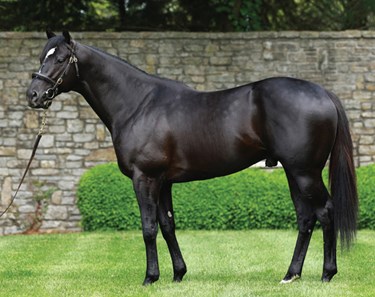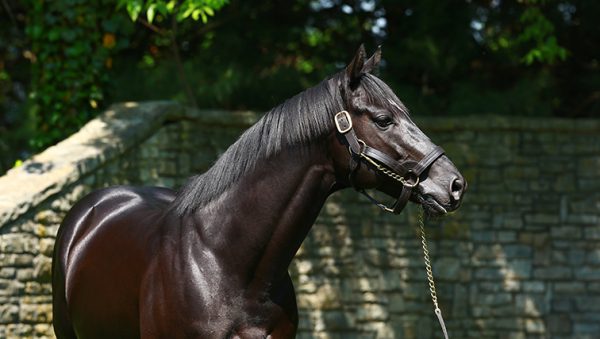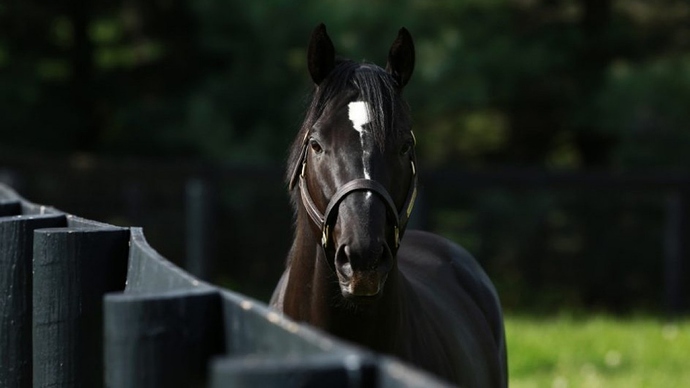Do you mean that the shoeing technique is different or that the shape of the front feet are different? If the technique is different, then that is a red flag. If shape is different, then not as big of a red flag.
The different shape is due to a high and low heel. The right front has a higher heel, the left front has a lower heel. Some horse’s have mismatched feet and lead sound careers despite that. You have to look at the balance of each foot individually when shoeing, therefore, the answer is not always to make each hoof look identical. The left front has a more pronounced underrun heel and longer toe than the right. I would be curious how often the horse is getting shod. If shod at 7 weeks, then the shoeing is likely not frequent enough to really correct the under run heel and long toe, especially when perpetuated by friction from the shoe lowering the heel and allowing the toe to grow long. This is a common problem with steel shoes. If being shod at 5-6 weeks, you should see better hoof balance with a skilled farrier. The horse may not grow hoof fast enough to have sufficient hoof wall to nail at 5 weeks, however. That is why I’d ask how often the horse is shod. Having a longer shoeing cycle is going to perpetuate those problems and not all horses have sufficient growth and hoof wall to reshoe at 5 weeks, though most do have something to work with with as long as they aren’t pulling shoes with a skilled farrier. If the horse has a tendency to pull shoes in combination with poor hoof walls, that can make nailing a shoe on every 5 weeks very difficult.
If you were an owner set on having a barefoot horse or had limited access to a good and consistent farrier, I’d say the hooves will likely be an issue. But if you don’t mind shoeing all 4s and have access to a good farrier, then the feet will likely not be an issue, just something that has to be managed. You can always try hoof supplements, etc., but a lot of horses just have a genetic disposition to a certain hoof type. This horse may be one of them.



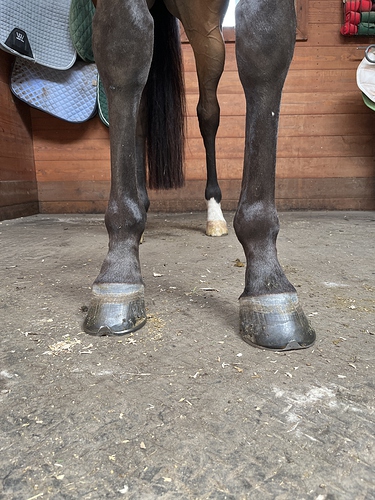
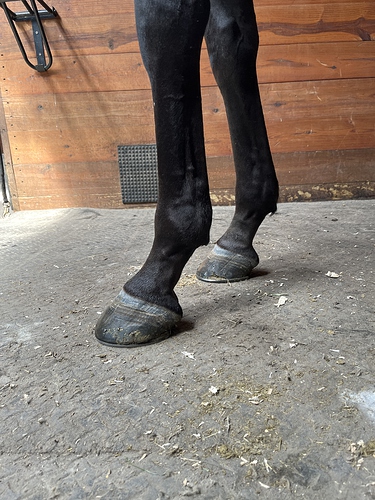

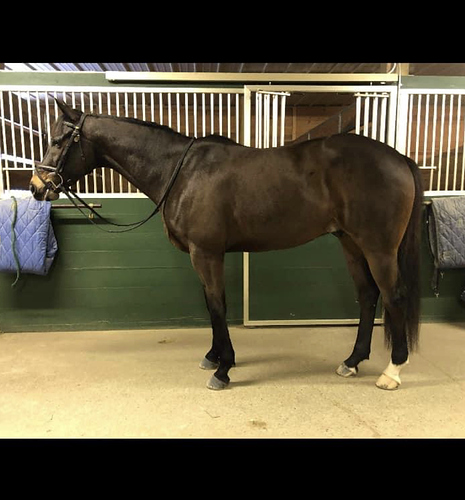

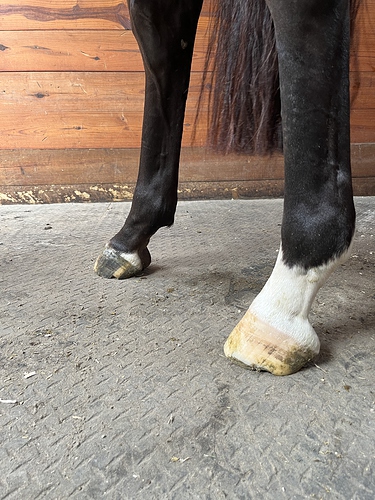
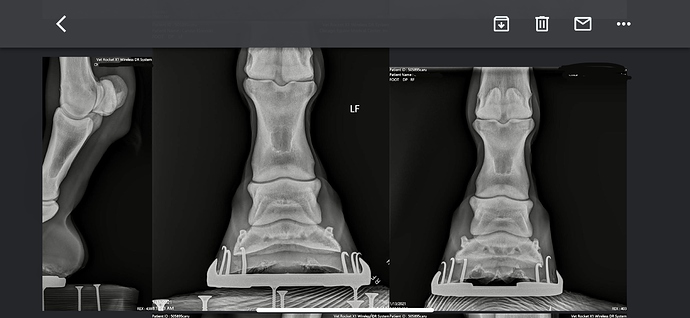
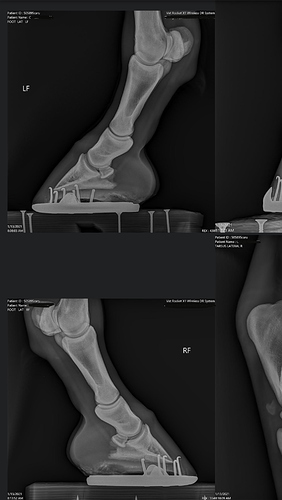
 Carson City.
Carson City.